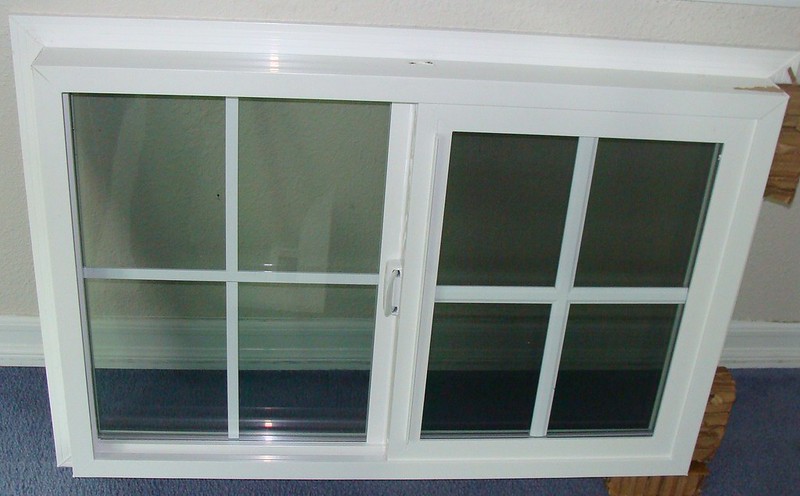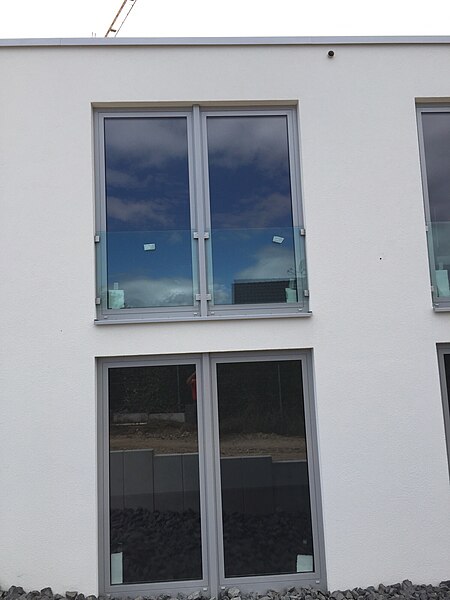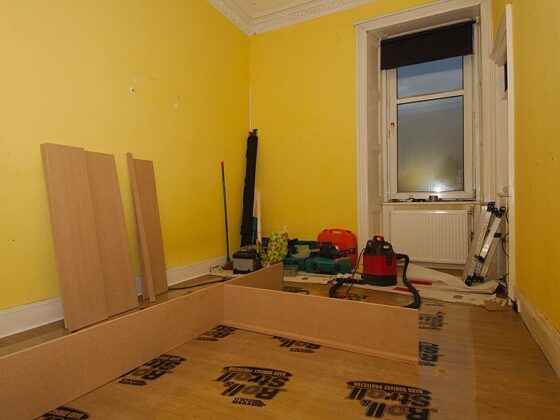Choosing the right window material for your home is an important decision that can have a significant impact on both the aesthetics and energy efficiency of your living space. With so many options available, it can be overwhelming to determine which material is the best fit for your needs. In this article, we will explore the pros and cons of different window materials to help you make an informed decision.
1. Vinyl Windows

Creator: Steve Anderson
Vinyl windows are a popular choice among homeowners due to their affordability and low maintenance requirements. They are made from polyvinyl chloride (PVC) and are known for their durability and resistance to rot, fading, and warping. Vinyl windows also offer excellent insulation properties, helping to reduce energy costs and keep your home comfortable year-round.
Vinyl windows are made of polyvinyl chloride (PVC), a synthetic material that is fire-resistant, low maintenance, and durable. Vinyl windows can also block outside noise and come in many styles and colours.
Some of the benefits of vinyl windows are:
- They are economical and highly energy-efficient, which can lower your heating and cooling costs.
- They do not fade, peel, or become damaged by extreme climates, unlike wood or aluminium windows.
- They do not need to be painted or stained unless you want to change their appearance.
- They are available in a wide range of shapes, sizes, and designs, so you can find the perfect fit for your home.
Some of the drawbacks of vinyl windows are:
- They may not match the style or architecture of some homes, especially older or historic ones.
- They may warp or crack over time, especially if exposed to high temperatures or direct sunlight.
- They may be difficult to repair or replace, as they are usually custom-made and not standardized.
2. Wood Windows

Wood windows are classic, elegant options that offer a warm, inviting appearance and can match the style or architecture of many homes. Wood windows are also good at soundproofing and insulating, but they have high maintenance requirements and can be prone to damage from water, insects, and fires. Wood windows tend to be somewhat expensive compared to other materials.
Some of the benefits of wood windows are:
- They have a natural beauty and charm that can enhance the look of your home.
- They can be painted or stained in any colour or finish you desire, giving you more customization options.
- They have a high R-value, which means they can prevent heat transfer and keep your home comfortable in different seasons.
Related:
One downside of wood windows is their higher maintenance requirements compared to other materials. They need regular painting or staining to protect them from the elements and prevent decay. Wood windows are also more susceptible to moisture damage, so proper care is essential to ensure their longevity.
3. Aluminum Windows

Aluminium windows are known for their strength and durability. They are resistant to rust and corrosion, making them an excellent choice for coastal areas or regions with harsh weather conditions. Aluminium windows are also lightweight, making them easier to install and operate.
However, aluminium is a highly conductive material, which means it is not as efficient in terms of insulation. Without proper thermal breaks or additional insulation, aluminium windows can contribute to heat loss or gain, potentially impacting your energy bills.
4. Fiberglass Windows
Fiberglass windows offer a great combination of strength, durability, and energy efficiency. They are made from a composite material that is resistant to warping, rotting, and expanding or contracting with temperature changes. Fiberglass windows also have excellent insulation properties, helping to keep your home comfortable and reduce energy costs.
One potential drawback of fibreglass windows is their higher cost compared to other materials. However, many homeowners find that the long-term benefits, including energy savings and durability, outweigh the initial investment.
Some of the benefits of fibreglass windows are:
- They are economical and highly energy-efficient, which can lower your heating and cooling costs.
- They do not fade, peel, or become damaged by extreme climates, unlike wood or aluminium windows.
- They do not need to be painted or stained unless you want to change their appearance.
- They are available in a wide range of shapes, sizes, and designs, so you can find the perfect fit for your home.
Some of the drawbacks of fibreglass windows are:
- They may not match the style or architecture of some homes, especially older or historic ones.
- They may warp or crack over time, especially if exposed to high temperatures or direct sunlight.
- They may be difficult to repair or replace, as they are usually custom-made and not standardized.
Conclusion
When it comes to choosing the best window material for your home, there is no one-size-fits-all answer. It ultimately depends on your preferences, budget, and specific needs. Vinyl windows offer affordability and low maintenance, while wood windows provide a timeless beauty. Aluminium windows are durable and lightweight, and fibreglass windows offer strength and energy efficiency.
Consider consulting with a professional window installer or contractor to assess your home’s unique requirements and help you make an informed decision. Remember, the right window material can enhance the overall comfort, energy efficiency, and aesthetic appeal of your home for years to come.












1 comment
Your point of view caught my eye and was very interesting. Thanks. I have a question for you.